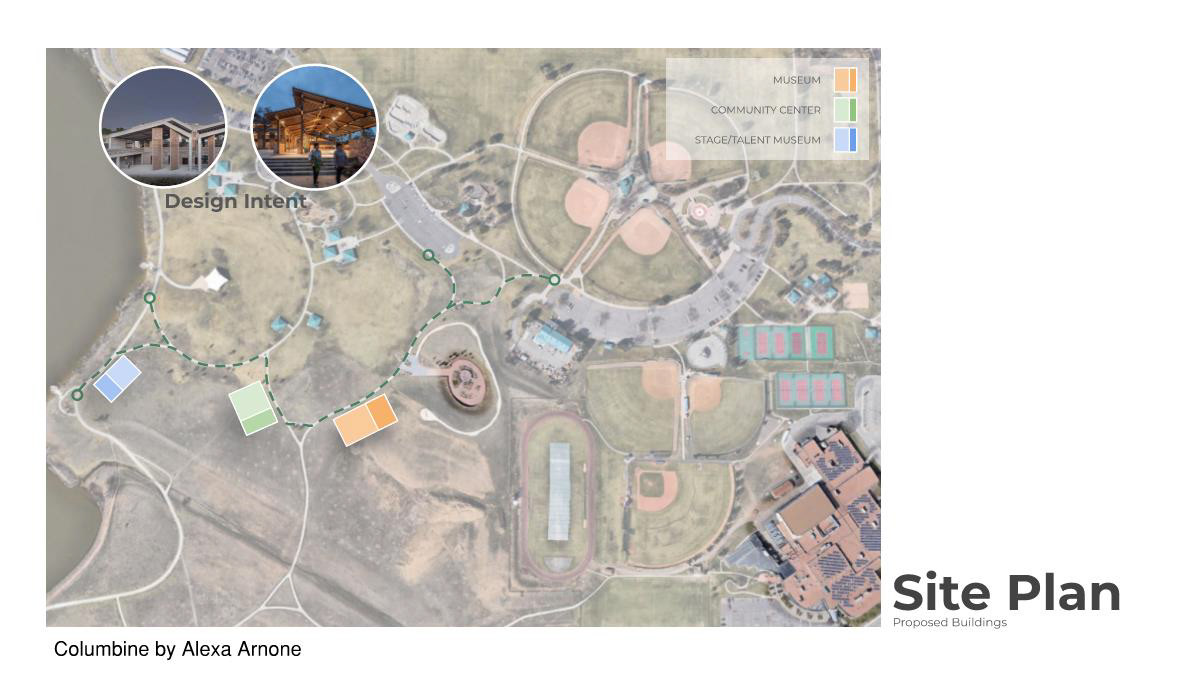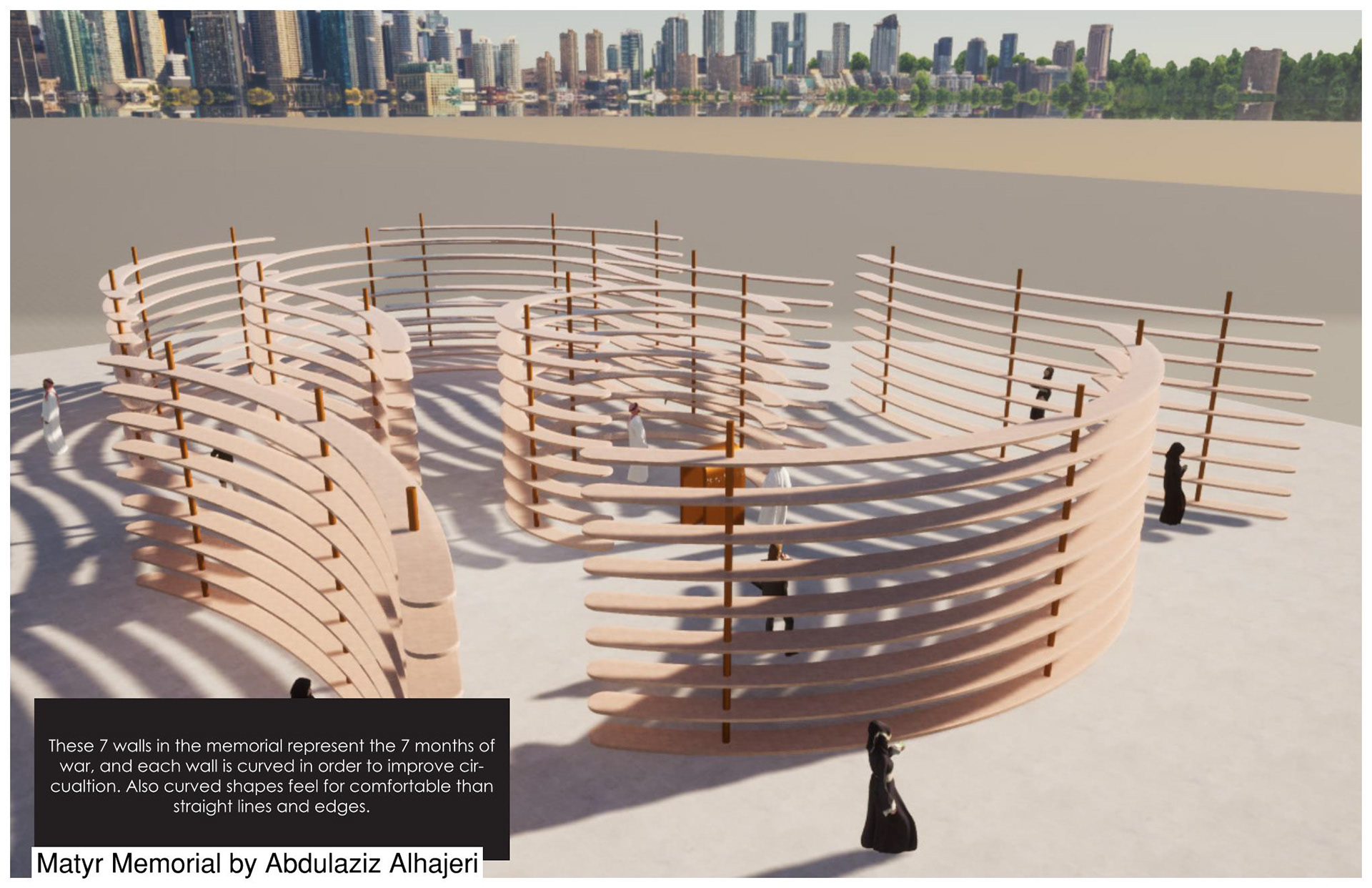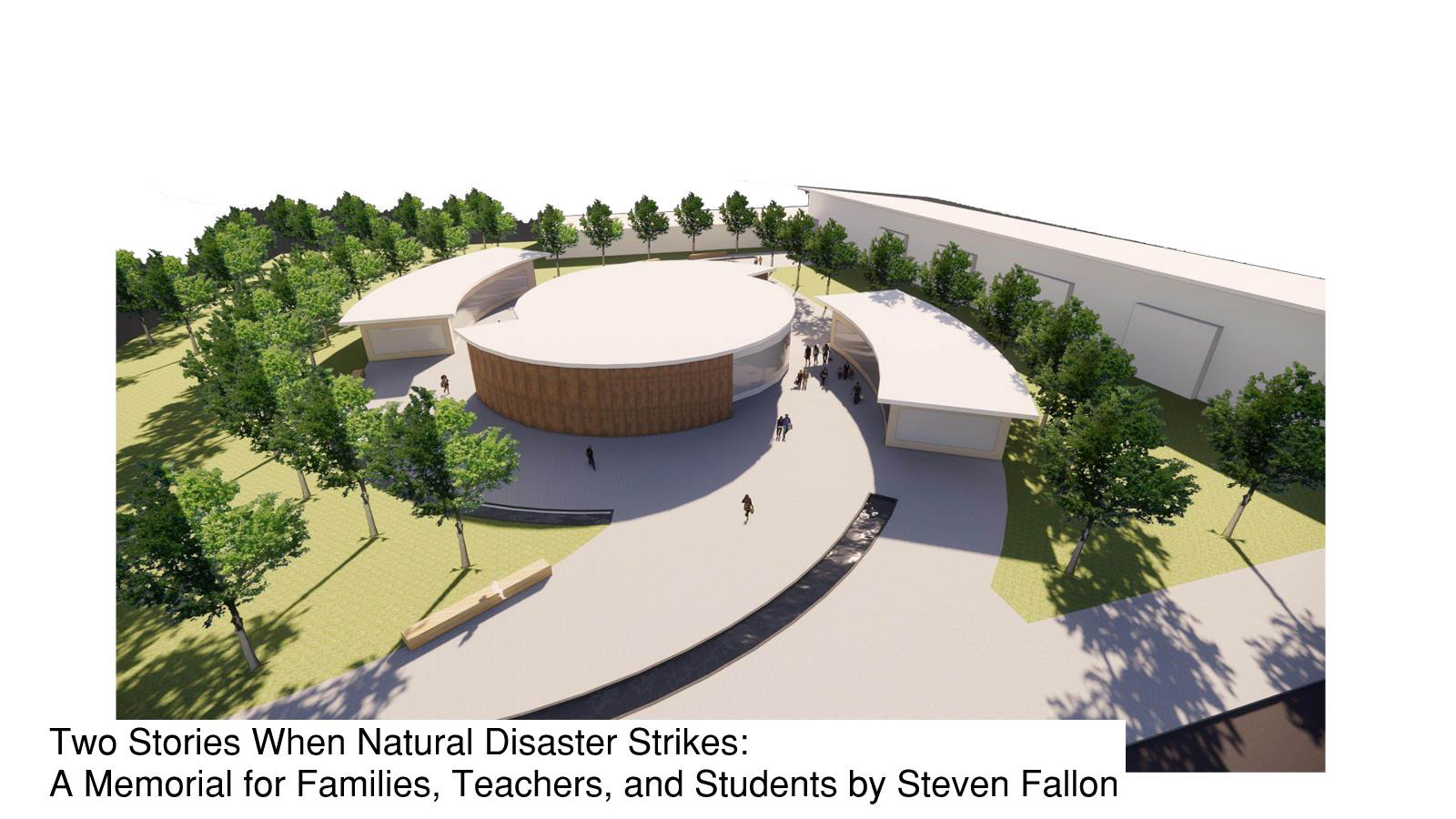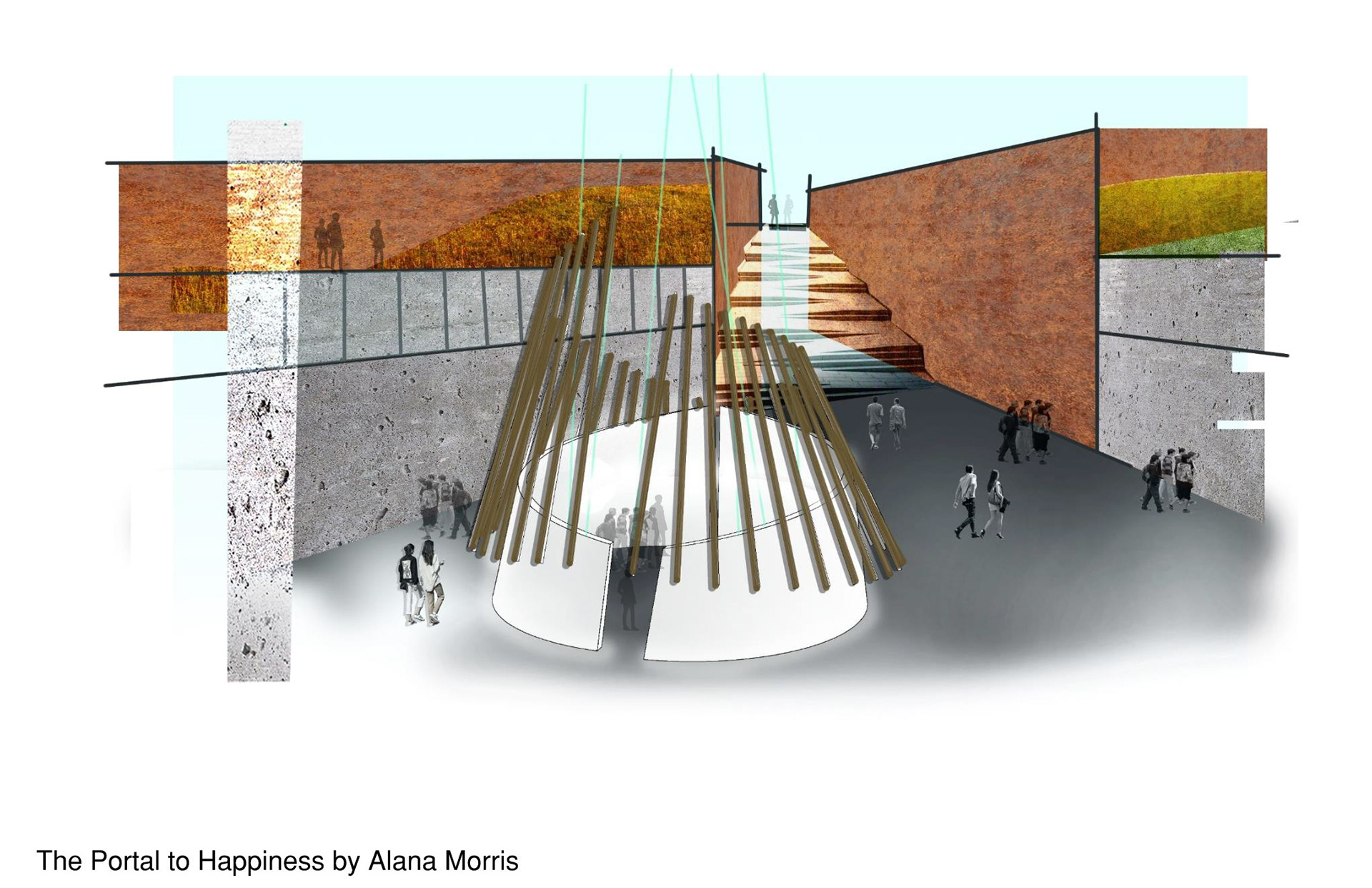I grew up in the suburbs of New York City and was in the second grade when the World Trade Center towers were attacked. Even for a child, the terrorist attacks of 9/11 and the period of fear afterwards brought with them incredibly vivid memories. In particular, I remember visiting Ground Zero weeks, months, and years after the attacks. As I grew up, I witnessed the rubble removed from the site and new structures rebuilt in its place. Tragedies have the ability to change cities, sites, and communities, just like the terror attacks of 9/11 forever changed lower Manhattan.
The rebuilding of the most infamous Ground Zero in American history inspired my curiosity to better understand how architecture responds to a tragedy. This question has become especially pertinent today, as deliberate human attacks have occurred more frequently and at a larger scale in the first two-decades of this 21st century than in the entirety of the 20th century. Tragic events in which human life is lost, infrastructure is destroyed, or safety is threatened create emotionally charged sites that are unique design challenges for architects. The designer faces a dichotomy between rebuilding destroyed infrastructure and honoring the now sacred ground.
I wrote a syllabus for a course on architecture and the role it plays in the wake of tragedy. In a mixed-format course, students critically examined the role that designers play in the aftermath of tragedy through a study of history, theory, and design. Throughout the semester the class researched precedents of formal and informal design responses to tragedy and developed an understanding of SCARchitecture. Students then applied their insights on this topic in a semester-long project where they proposed an intervention for an actual emotionally charged site.
Course Description
How does a site get rebuilt after a terror attack? Why are we tearing down monuments 100 years after they are built? What role can designers play in helping traumatized communities recover after a tragic event?
Tragic events in which human life is lost, infrastructure is destroyed, and security is threatened have occurred more frequently and intensely in the first two decades of the 21st-century than in the entirety of the 20th-century. Whether the tragedy is a terrorist attack that destroys city blocks or a mass shooting event that threatens the safety of a community, these events create a site that is emotionally charged and in need of healing (or other forms of reconciliation and community reckoning).
In a mixed-format course, students will critically examine the role that designers play in the aftermath of tragedy through a study of history, theory, and design. Throughout the semester the class will research precedents of formal and informal design responses to tragedy and develop an understanding of SCARchitecture. Students will apply their insights on this topic in a semester-long project where they will propose an intervention for an actual emotionally charged site.
The study of SCARchitecture is a dynamic topic that will be reflected in the format of the course. As your instructor, I promise to be flexible and attentive to the needs of the class and work with you to create a learning environment in which we all feel comfortable taking intellectual risks. Additionally, students are encouraged to bring their interests to class discussions, develop their philosophies, and explore their ideas with design.
Student Work from Summer 2021 Semester








